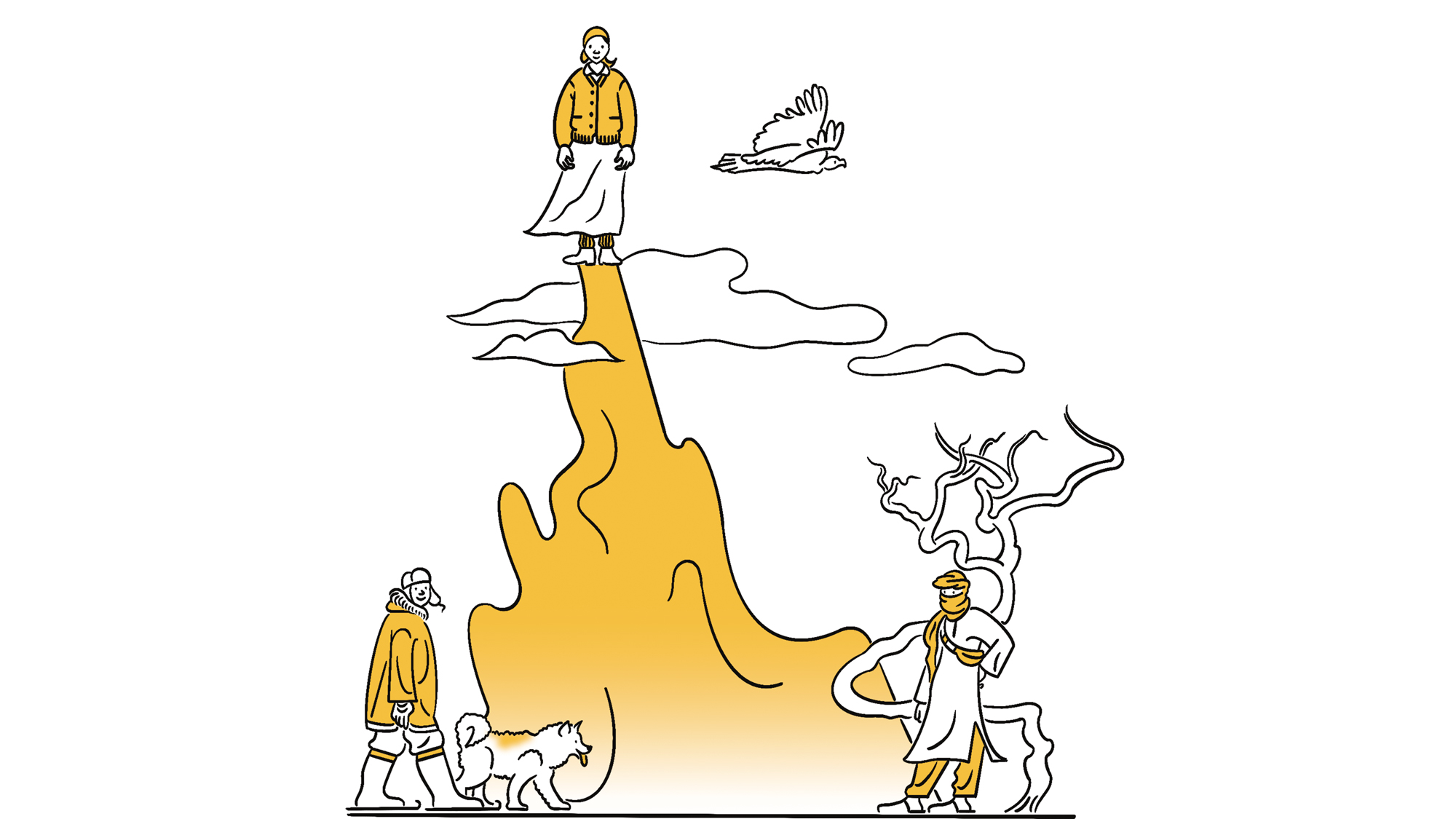

Melissa Ilardo is a Senior Scientist at Maze Therapeutics and was a postdoctoral research fellow at the University of Utah’s molecular medicine program. This is her story from the field as told to Marion Renault.
People have inhabited some gnarly landscapes throughout history. Innovations like fire and clothing have helped us conquer these inhospitable places, but so has our DNA. With the aid of technologies like genome sequencing, scientists are unraveling how humans endure all kinds of treacherous conditions. Here are four adaptations that show we can turn any locale—hot, cold, wet, dry—into a humble abode.
Extreme cold
In coastal glacial climates with subzero temperatures, food is limited to blubbery fare like seals, walruses, and whales. High-fat diets typically raise the risk of heart disease and cancer, but some locals like Greenland’s Inuit have evolved genes that help them process the sustenance without any of the downsides.
Deep waters
The Bajau people of Southeast Asia plunge up to 200 feet to catch fish. Their secret is the huge size of their spleens. The organs store red blood cells and release a boost of oxygen when we dive; a gene variant that tweaks hormones responsible for spleen size means the Bajau people can tap a bigger reservoir.
High altitude
Thousands of feet above sea level, thin air triggers the body to boost oxygen-rich red blood cell production. This helps us breathe until descent, but after too long turns blood viscous enough to clot. Tibetans and some Ethiopians, who live at up to 14,000 feet, have a gene that stops the surge to keep clots at bay.
Parched deserts
Dry air traps less heat, causing daily temperature shifts from scorching hot days to bitter cold nights. Aboriginal Australians have genes associated with temperature-regulating thyroid hormones. Researchers are still studying them, but we think the genes help the arid dwellers thrive in both extremes.
This story appears in the Winter 2020, Transformation issue of Popular Science.
